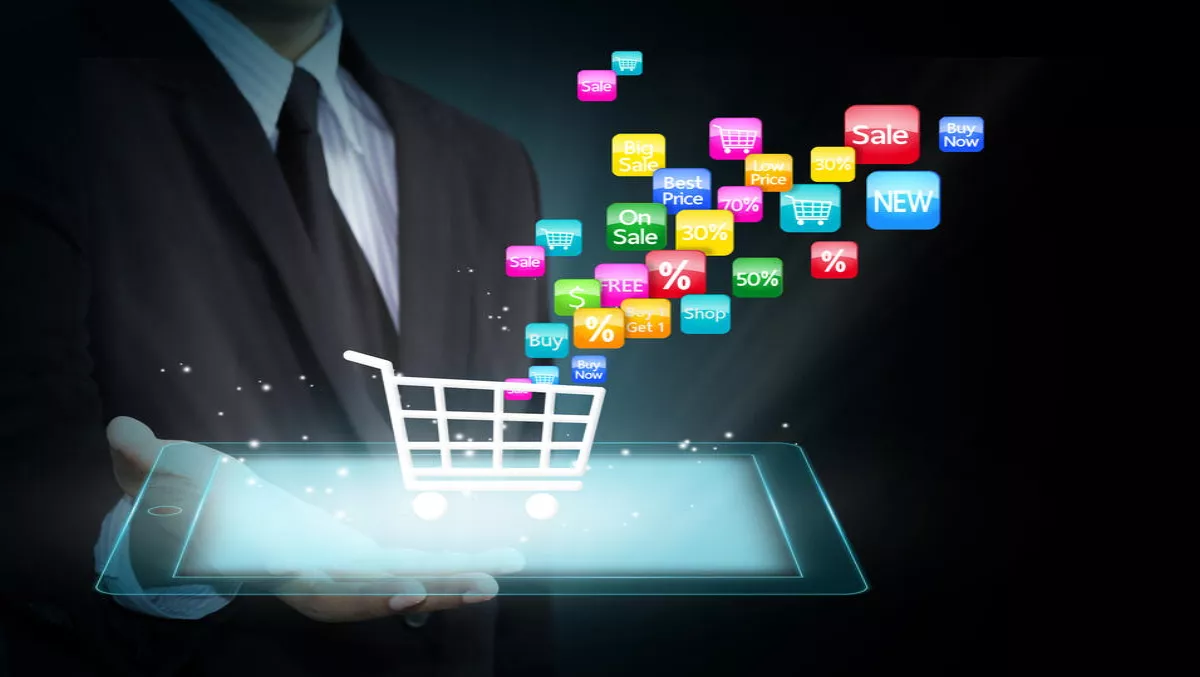
Businesses need to take advantage of mobility, Wavelink says
Mobility has changed the way consumers are purchasing good and services, and retailers need to take advantage of this trend, according to Wavelink.
Wavelink says retailers are being driven by the demands of an increasingly mobile and digital consumer. Armed with smartphones, tablets, and laptops, tech-savvy shoppers expect retailers to know their preferences and anticipate their needs throughout their buying journey, regardless of how they choose to engage with them.
"Mobility and apps, combined with social media and mobile payments, have fundamentally transformed how global consumers purchase goods and services," comments Ilan Rubin, managing director, Wavelink.
"Retailers can also take advantage of this trend by leveraging dedicated mobile devices that use the stores own Digital Enhanced Cordless Telecommunications (DECT) or Wi-Fi infrastructure to deliver a rich variety of interactive and contextual experiences that drive revenue, customer loyalty and brand awareness," he explains.
"While retailers in some categories have blamed mobility and apps for compressing their already slim margins, others are identifying the role that mobile devices can play in delivering a 'hyper-relevant' customer experience."
Hyper-relevance is characterised by retailers delivering an efficient, contextual experience that reflects a shopper's individual situation, real-time environment, and history, relevant to real-time needs.
Unlike personalisation, where the retailer simply knows who the customer is, hyper-relevance occurs when retailers leverage data-driven insights to help shoppers accomplish what they need to do at a precise moment.
"In order to deliver a superior customer experience, retailers should consider equipping employees with dedicated mobile devices and applications that empower them to serve as consultants rather than merely enabling a transaction," says Rubin.
Five ways dedicated mobile devices can enhance the omni-channel customer experience 1. Compatibility and support for existing Wi-Fi and DECT. This provides a flexible platform in which to work with existing third-party applications such as enterprise resource planning (ERP) and stock management software, and barcode-scanning capabilities. Employees can access promotional pricing, product information, and customer history from anywhere on the selling floor. 2. Superior voice quality to facilitate communication with business associates to ensure all customers are being looked after at any given moment. Clear voice capabilities and uninterrupted call access also helps to create a quieter, positive experience by eliminating unnecessary noise from overhead paging. 3. Safety features such as a call button, which can be used by retail staff to summon security if assistance is required or there is an emergency situation. 4. An intuitive interface and professional device design assure customers that associates are conducting business on their mobile devices and not engaging in personal phone calls, web surfing, or social media. 5. Enterprise devices are kept on-premise in order to secure customer and transaction data, and remove any information security risk.
"As consumers adopt new technologies and shopping behaviours, retailers need to digitally transform their business processes in order to understand them and develop a viable, sustainable omni-channel model," Rubin explains.
"Those that take advantage of dedicated mobile devices can innovate early and swiftly, setting themselves apart from their competition while gaining more of their customers' insights, loyalty, and wallet share," he says.


